Central and East European Politics
Central and East European Politics
From Communism to Democracy
Third Edition
Edited by Sharon L. Wolchik and Jane Leftwich Curry
Rowman & Littlefield
Lanham Boulder New York London
Published by Rowman & Littlefield
A wholly owned subsidiary of The Rowman & Littlefield Publishing Group, Inc.
4501 Forbes Boulevard, Suite 200, Lanham, Maryland 20706
www.rowman.com
Unit A, Whitacre Mews, 26-34 Stannary Street, London SE11 4AB, United Kingdom
Copyright 2015 by Rowman & Littlefield
First edition 2008. Second edition 2011.
All rights reserved . No part of this book may be reproduced in any form or by any electronic or mechanical means, including information storage and retrieval systems, without written permission from the publisher, except by a reviewer who may quote passages in a review.
British Library Cataloguing in Publication Information Available
Library of Congress Cataloging-in-Publication Data
Central and East European politics : from communism to democracy / edited by Sharon L. Wolchik and Jane Leftwich Curry. Third edition.
pages cm
Includes bibliographical references and index.
ISBN 978-1-4422-2420-9 (cloth : alkaline paper) ISBN 978-1-4422-2421-6 (paperback : alkaline paper) ISBN 978-1-4422-2422-3 (electronic) 1. Europe, EasternPolitics and government1989 2. Europe, CentralPolitics and government1989 3. Post-communismEurope, Eastern. 4. Post-communismEurope, Central. 5. DemocracyEurope, Eastern. 6. DemocracyEurope, Central. 7. North Atlantic Treaty OrganizationEurope, Eastern. 8. North Atlantic Treaty OrganizationEurope, Central. 9. European UnionEurope, Eastern. 10. European UnionEurope, Central. I. Wolchik, Sharon L., editor of compilation. II. Curry, Jane Leftwich, 1948 editor of compilation.
DJK51.C437 2015
947.0009049dc23
2014037276
 The paper used in this publication meets the minimum requirements of American National Standard for Information SciencesPermanence of Paper for Printed Library Materials, ANSI/NISO Z39.48-1992.
The paper used in this publication meets the minimum requirements of American National Standard for Information SciencesPermanence of Paper for Printed Library Materials, ANSI/NISO Z39.48-1992.
Printed in the United States of America
We dedicate this edition of this volume to our parents, Olga and Leon Wolchik and Fred and Elizabeth Leftwich. Their love and support have been extraordinary throughout our lifetimes. We thank them for their constant love and for sharing their wisdom, curiosity about the world, pride in their heritage, and understanding with us.
Acknowledgments
We would like to acknowledge the support of the Institute for European, Russian, and Eurasian Studies at The George Washington University, the Centre for East European Studies at the University of Warsaw, and Santa Clara University.
We thank Nancy Meyers, Bret Barrowman, Amber Footman, Isabelle Chiaradia, Michael Kilbane, Melissa Aten, Christine Cannata, Allison Beresford, and Kallie Knutson for their research assistance for this and previous editions of this volume. Daniel Brett would like to thank Irina Marin for her help with the Romania chapter.
We also thank Alex Mehrtens for his dedication to this edition. Elwood Mills deserves special thanks for his seemingly unending work and patience in preparing maps and illustrations. We are also grateful to Monika Szewczyk, Margarita Assenova, and the Embassy of the Slovak Republic for their help in obtaining photographs.
We thank all of our previous contributors for their patience, persistence, and diligence in preparing their contributions for the first and second editions of this volume. We are especially grateful to them for their willingness to update their chapters for the third edition and to the new contributors to this edition. We would also like to thank several anonymous readers as well as the participants in the twelfth annual Recovering Forgotten Historythe Image of East Central Europe in English Language Textbooks workshop held in June 2014 for their comments and advice.
We also want to acknowledge the intellectual debts we owe not only to Vclav Bene, to whom the first and second editions of this book were dedicated, but also to others whose mentoring and teaching have shaped our views of Central and East European affairs and comparative politics. Our colleagues and friends in Central and Eastern Europe have challenged and informed us, giving us valuable insights and untold hours of their time. For that, we owe them much. We are also grateful to the generations of students whose interactions with us helped us learn what students want and need to know about the politics of the region.
We are indebted, as always, to our families for their support in this endeavor, as in all others. This book, as our other work in this region, has been a part of their lives as well as ours, and they have shared in its creation and revision through dinner table conversations and e-mail and phone updates. We are gratified by their interest in Central and Eastern Europe, evident in their travel, study, and research in the region.
Finally, the idea for this book grew out of our common difficulty in finding up-to-date, accessible materials about the politics of Central and Eastern Europe after communism. But its origin actually dates to 1970, when we found ourselves beginning the study of what was then termed Eastern Europe with Vclav Bene at Indiana University. Our meeting at the reception for new graduate students led to a friendship that has seen us through graduate school, the births and growth of six children between us, and nearly forty years of professional and personal triumphs and tragedies. In addition to all those we have thanked for their role in producing this book, we are grateful for each other and for our friendship.
Part I
Introduction
CHAPTER 1
Twenty-Five Years after 1989
Issues in Postcommunist Europe
Sharon L. Wolchik and Jane Leftwich Curry
In 1989, the unthinkable happened: communist rule collapsed, virtually like a house of cards, all over what had been the Soviet bloc. As Timothy Garton Ash said, In Poland it took ten years, in Hungary ten months, East Germany ten weeks: perhaps in Czechoslovakia it will take ten days! This statement, although not entirely accurate, captures several crucial aspects of the end of communist rule: it was fast, unexpected, and unplanned.
Slightly more than a year later (October 3, 1990), not only had the Berlin Wall come down, but Germany was no longer divided into the Soviet-occupied communist German Democratic Republic and the richer democratic Federal Republic of Germany. As Germany came together, Czechoslovakia, Yugoslavia, and the Soviet Union came apart, creating, from what had been eight states, twenty-nine states, nineteen of which are geographically in Europe. In the process, the collapse of Yugoslavia brought the first European war since the end of World War II.
A decade and a half after the collapse of communist rule, the Czech Republic, Hungary, and Poland joined the North Atlantic Treaty Organization (NATO)once the military bulwark of the Americans and those we then called the West Europeans against communism. Five years later, in 2004, NATO took in the Baltic states, Bulgaria, Romania, Slovakia, and Slovenia. That same year, fifteen years after the first roundtable negotiations between the Polish communists and their Solidarity opponents, the European Union (EU) expanded eastward to take in eight of the new democracies. Romania and Bulgaria became members in 2007. In 2013, Croatia became the twenty-eighth member of the EU. Macedonia and Montenegro remained candidate members; Serbia became a candidate in 2014, and Albania was expected to become a candidate member in 2014, pending further progress on issues such as corruption and judicial reform. After the Orange Revolution in 2004, Ukraine pushed to begin negotiations with the EU, only to have this policy reversed under Victor Yanukovych. After Yanukovych fled in the wake of street demonstrations following his refusal to sign, as anticipated, an association agreement with the EU at the Vilnius summit in November 2013, the acting Ukrainian government signed the agreement. In 2014, only Bosnia, Kosovo, and Ukraine remained far from membership.
Next page
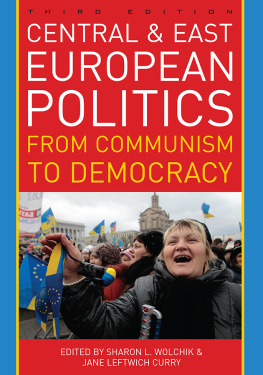
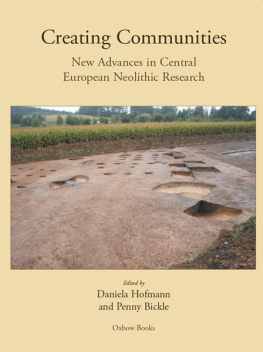
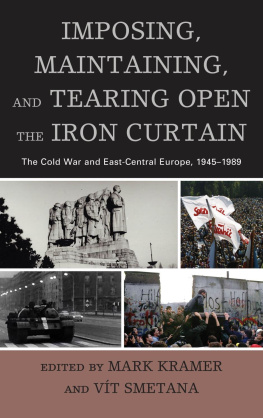

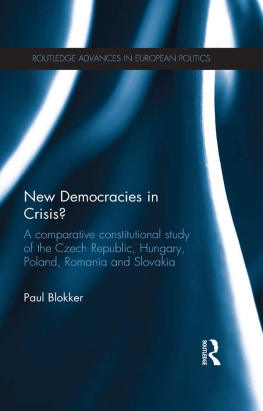

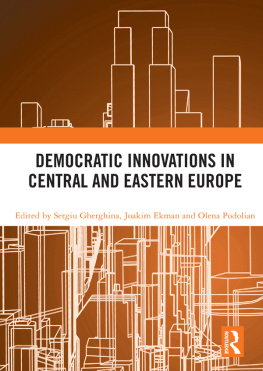
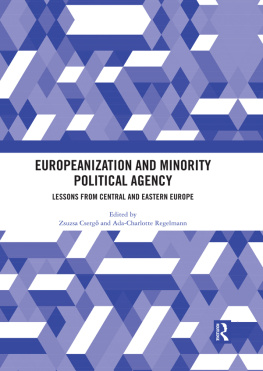
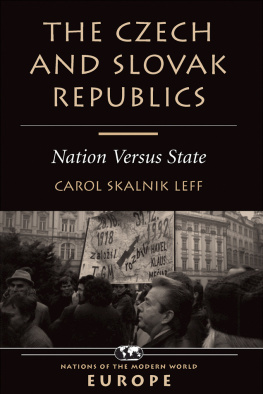
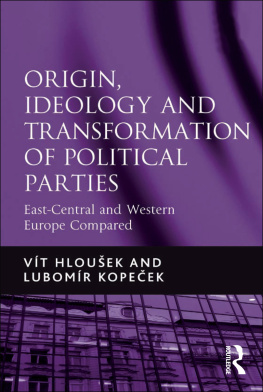
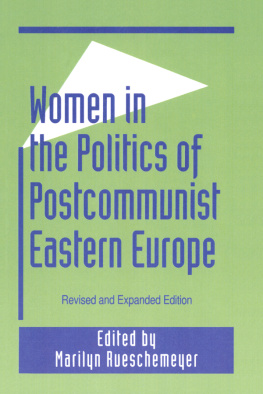
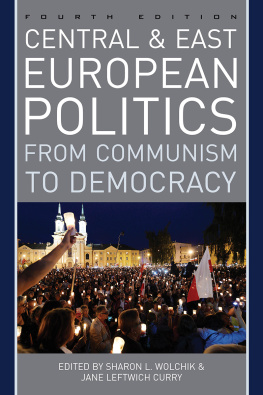


 The paper used in this publication meets the minimum requirements of American National Standard for Information SciencesPermanence of Paper for Printed Library Materials, ANSI/NISO Z39.48-1992.
The paper used in this publication meets the minimum requirements of American National Standard for Information SciencesPermanence of Paper for Printed Library Materials, ANSI/NISO Z39.48-1992.